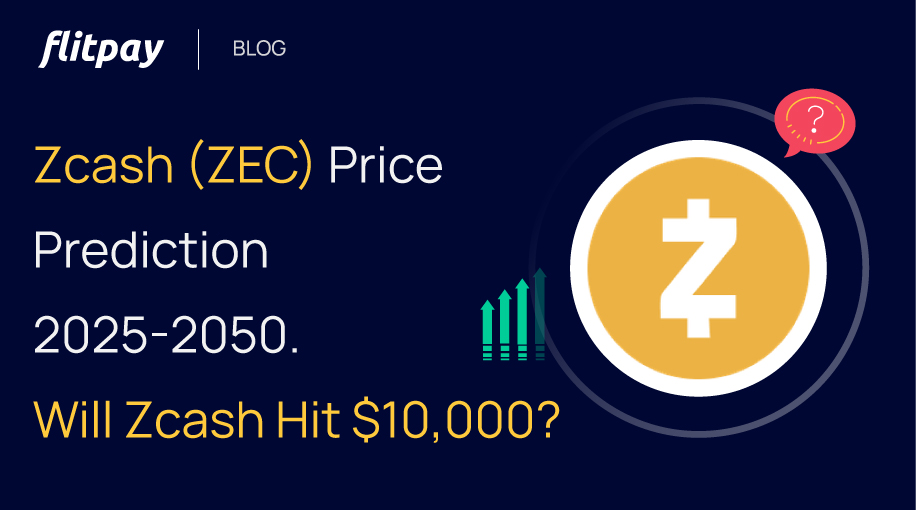In the last five years, we have seen masses calling cryptocurrency a blessing in disguise, and a majority of it said a yellow brick road to the most secured investment. In this blog, we will talk about cryptocurrency in a wholesome, but today we will be discussing the workings of Ethereum. Many Ethereum exchanges in India supported several cryptocurrencies, and we will know about Ethereum mining, storage and other things.
Let's begin.
What is Ethereum?
Ethereum is an open-source portal that helps developers to develop decentralized cloud applications, a.k.a. dApps using blockchain technology. With this, the user gets access to create agreements and control transactions. The reason why such technology gets readily implemented in society is that it does not require a middle organization such as a central/local bank to process your transaction for the goods or services you've opted for. Popular Ethereum wallets call it the most potential cryptocurrency, following Bitcoin.
However, unlike other digital assets such as Bitcoin, Ethereum works on a whole different concept. The development of Ethereum was much more than a store value or medium of exchange. Ethereum works on a global interface of networks that can compile and drive Ethereum Smart Contracts.
As you've understood the basics of Ethereum, now let's move on to the next.
What is Ethereum Mining?
In simple terms, Ethereum mining is the concept that allows miners to make and add the blocks of transactions to the blockchain of Ethereum. Alike Bitcoin mining, Etheremum mining works on POW (Proof-of-Work) mechanism.
In this, the role of the miners is to ensure that each transaction should occur in order with no technical glitch. Also, the miners solve the complex problems that arise during the add or make of the blocks of transactions, ensuring to block and secure the network from cyberattacks.
Here are the steps to understand how Ethereum mining works.
- User inscribes and confirms the trade application with the special of the account.
- User then transmits the execution application to the undivided Ethereum interface using nodes.
- Upon learning about the transaction application, every node gets added to the application in their local mempool.
- At a specific moment, mining accumulates thousands of action applications into a potential block. The accumulation happens in a manner that enhances the action fee while still trailing under the block gas frontier. The Ethereum mining node then:
- a. Confirm the efficacy of transaction application and then administers the system of the application, modify the status of their local copy of the Ethereum Virtual Machine (EVM). The Ethereum miner then confers the activity fee for every before-mentioned trade application to their account.
- b. Initiating the method of creating Proof-of-Work for the inherent block, once all the transaction applications have been confirmed and added to the block.
Each Ethereum transaction gets mined once. However, the transaction is accomplished and confirmed by each member in the method.
What is Ethereum Storage?
Ethereum storage is a centrally placed interface managed by a business or an organisation. It is a decentralized storage method that comprises a peer-to-peer interface of user drivers that carry a portion of complete data. It builds a flexible method of data storage and distribution.
We can also use Ethereum as a decentralized storage system for storing codes in every smart contract. Ethereum storage is a massive assemblage that has 32 bytes far-flung. You can easily study for or communicate with 2,256 storage values and smart contracts of any value at any provided place.
What are Wallets Used for Ethereum Storage?
Before you start to trade in Ethereum, you need Ethereum storage. In the cryptocurrency industry, these storage spaces are termed wallets. This storage is software that allows you to save your funds, manage activities, and monitor funds whenever required. There are a few Ethereum wallets, such as:
- Hot or Cold Ethereum Wallet: A hot wallet saves your password on the cloud, allowing you to make it accessible from anywhere globally. On the contrary, cold wallets save your password offline, and you can connect it to the cloud whenever required. Cold wallets are less predisposed to hackers and increase your security.
- Ethereum Mobile Wallets: These are the light customers as they do not require the completed blockchain to be installed to work. Despite they rely on the miners to prevail over the state of the interface followed by the nodes or miners to transfer detailed data. These wallets are easy to use and allow the user to access them at any point in time.
- Ethereum Paper Wallets: It is the most secure process for saving an Ethereum. It is a simple paper that has imprinted the crypto or password on it. The most beneficial part of this Ethereum storage is that it is neither attached to the cloud nor requires the system for saving the password.
Flitpay is the cryptocurrency exchange in India trailing innovations to unite all cryptocurrency enthusiasts in India. Flitpay has always worked on the needs to make traders' lives easier. Following these predefined visions, Flitpay deployed the key USPs such as 99.9% uptime rate, Instant withdrawal and deposit, quick support, Quick buy and sell and referral programs. Apart from this, if a desirous person is willing to trade in cryptocurrency can learn about it by using our practice platform. Happy Trading.





